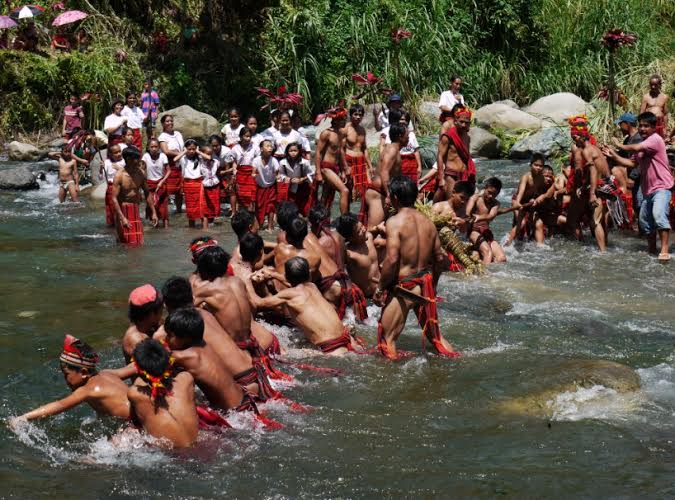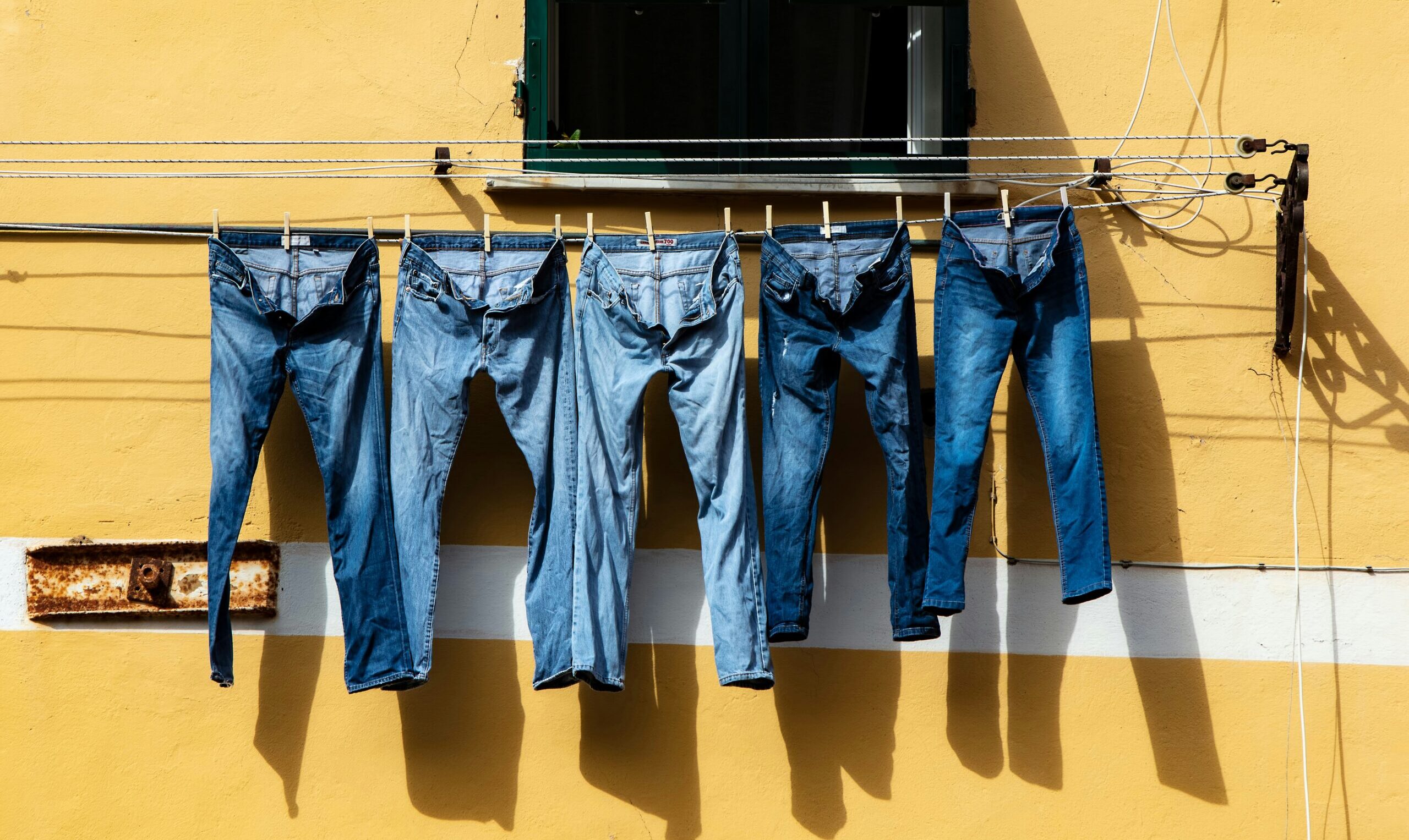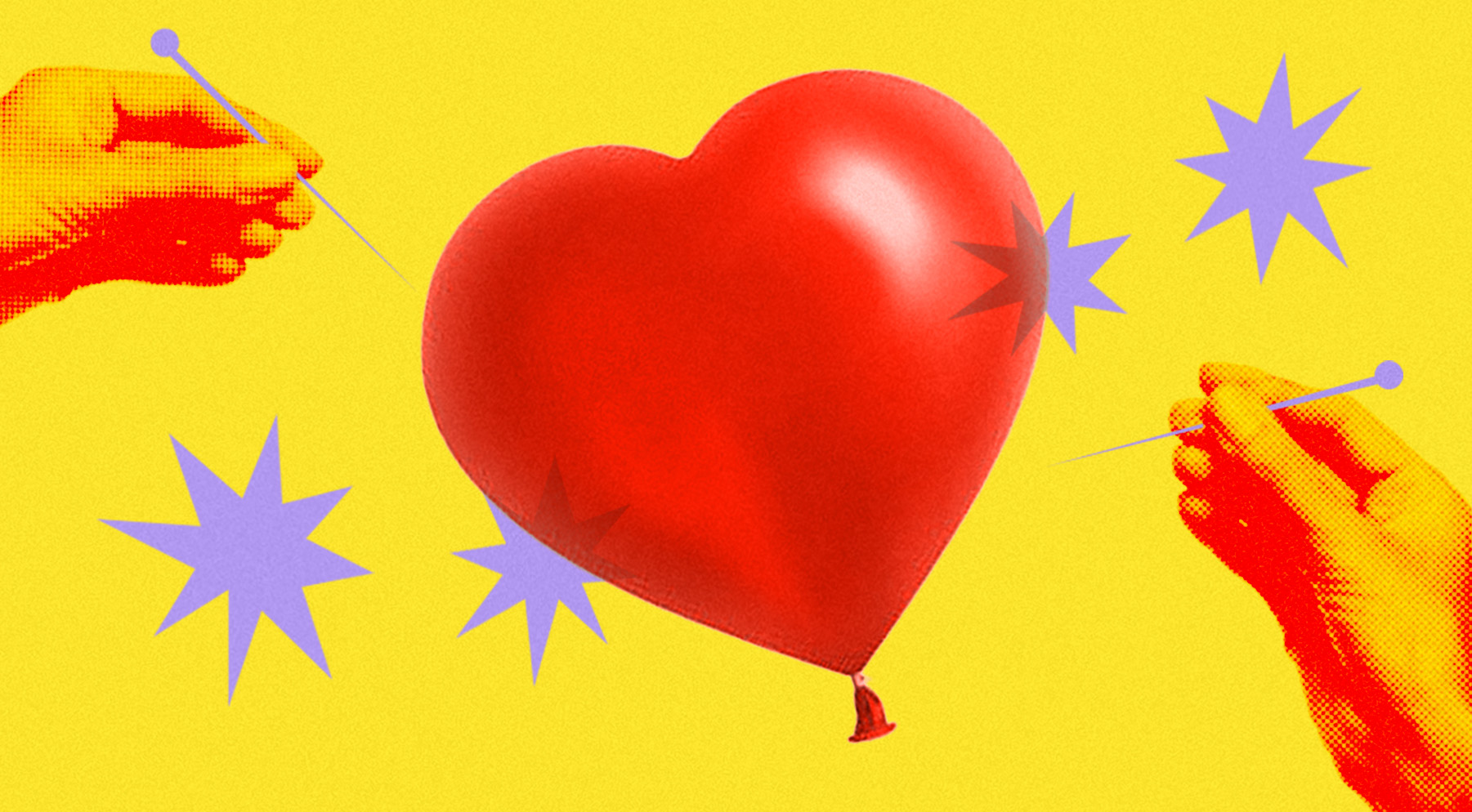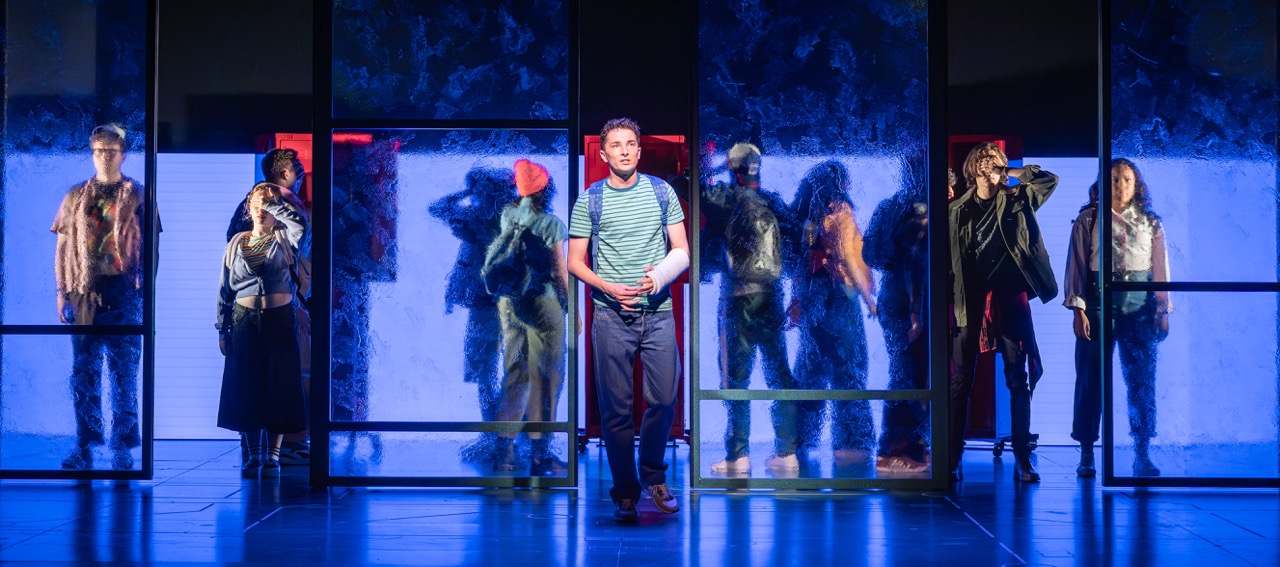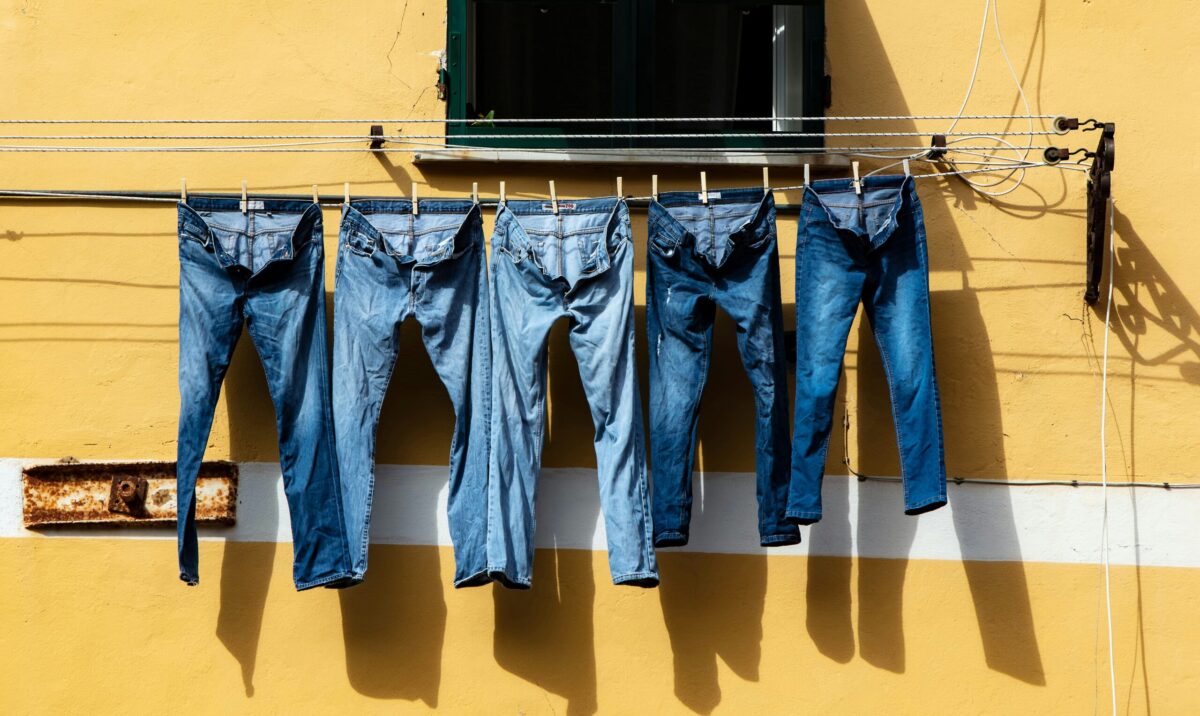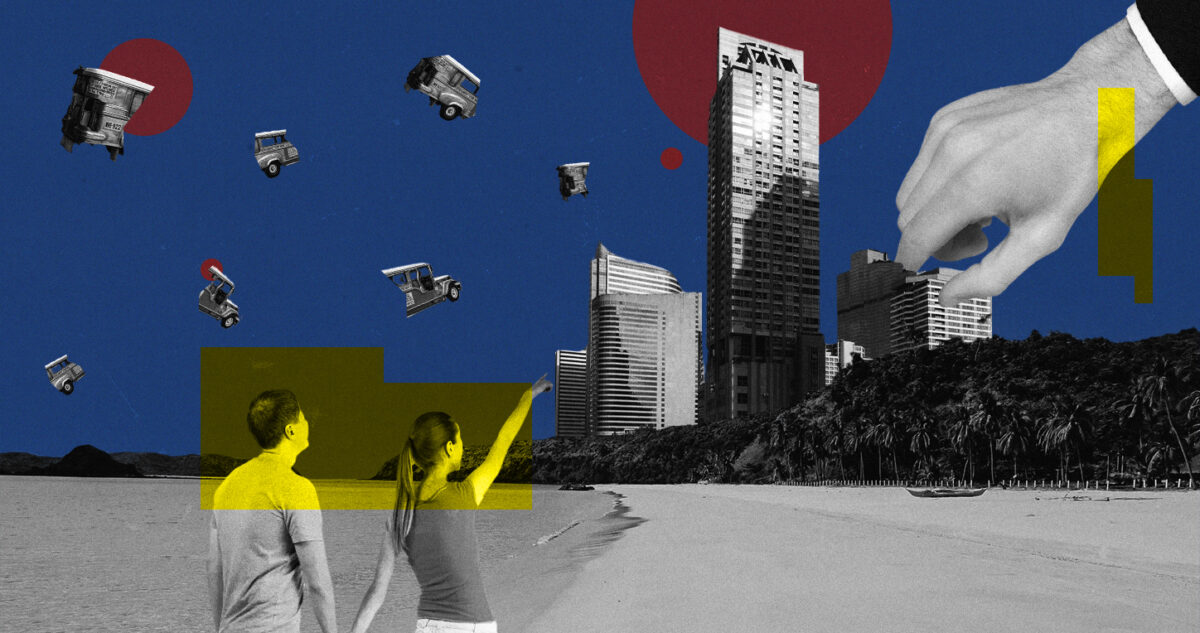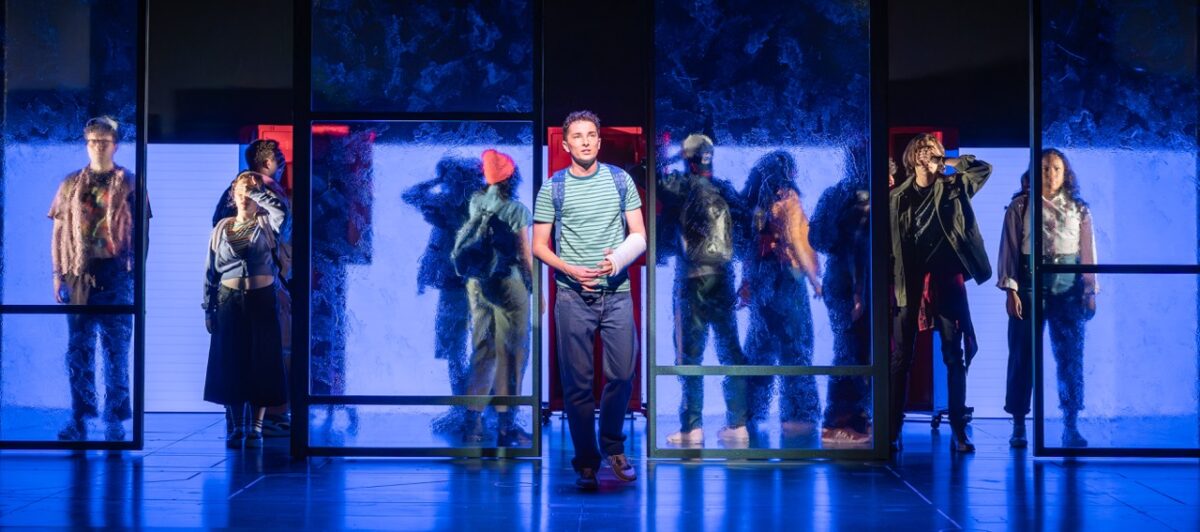
COURTESY OF CECILIA PICACHE
A TUGGING ritual called punnuk, part of the postharvest ritual huowah in Hungduan town, Ifugao province, was recently inscribed on the Representative List of the Intangible Cultural Heritage of Humanity of the United Nations Educational, Scientific and Cultural Organization (Unesco) during a meeting of the agency’s Intergovernmental Committee on the Safeguarding of Intangible Cultural Heritage in Windhoek, Namibia.
The inscription is the third for the Philippines after the “Darangen” epic of the Maranao of Lake Lanao in 2005 and the “Hudhud” chant of the Ifugao in 2008 but initially proclaimed in 2001.
The distinction is previously called the Masterpiece of Oral and Intangible Heritage of Humanity.
Punnuk, practiced in the villages of Baang, Hapao, and Nungulunan in Hungduan, is listed together with other tugging rituals and games in Cambodia, South Korea, and Vietnam, and various intangible cultural elements in 22 more countries.
Agricultural cycle
In a National Commission for Culture and the Arts (NCCA) document given by the renowned anthropologist and NCCA consultant Jesus Peralta to the INQUIRER, punnuk is described as the “much anticipated tugging ritual done on the Hapao River” where the boundaries of the three villages meet.
“The enactment of the punnuk formally puts to a close the agricultural cycle, and signals the beginning of a new one upon its consummation,” reads part of the document written and prepared by Norma Respicio, Cecilia Picache and Peralta.
Respicio and Picache, who spent some time in Hungduan to document the ritual, note in their report that only the able-bodied men used to participate in the punnuk but children and women now have a separate tugging activity.
Auspicious year
The winner of the ritual is determined by the most numbers of rounds won by a group, It comes with the belief that they will have an auspicious year.
The losers go home dejected since their harvest will not last until the next harvest season, as they believe it will be consumed fast.
The researchers note two important material features of the punnuk—the kina-ag and the pakid.
Kina-ag is a human-like figure made of rice talks thrown into the middle portion of the river and the subject of tugging between two groups. The pakid is a hooked sapling of a tree that serves as a rope if its use is compared to an ordinary tug-of-war game.
They also noted that “every kina-ag used in the punnuk is thrown into the river [after the ritual] to be swept away by the currents so that when the remains are seen by those in the lower communities, they would know that the harvest in Hapao has been completed.”
Not a game
In a recent interview, Peralta said the ritual was first thought to be just a game. He later discovered it was, in fact, a ritual.
He pointed out one interesting fact: that punnuk is being done “where the river is turbulent because it is difficult to tug.”
Peralta, also an accomplished writer and a multiple Palanca-winning dramatist, welcomed the distinction given to the punnuk, describing it as an achievement not only in Ifugao but throughout the world.
“That is very significant. We have contributed one very important thing to the creativity of humanity,” he said.
Peralta said the NCCA, particularly the Intangible Cultural Heritage Unit where he’s a member, was processing the nomination of the Morionan tradition of Marinduque province to the list .
Other intangible cultural heritage elements in the country will follow next, he said.

